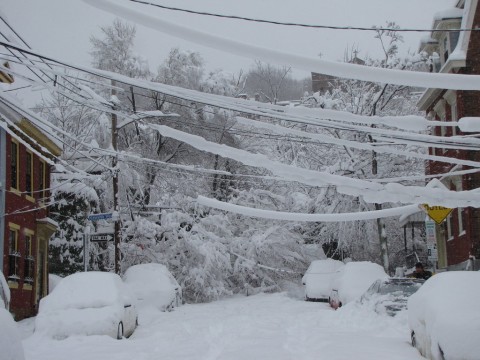Preparing for winter, preparing for God
The Spirit’s presence often feels like winter’s dry wind.

After living in North Carolina for 15 years, my family approached our first winter in Pittsburgh as an adventure. Many mornings I shoveled our long, sloping driveway while my neighbor, a lifelong Pittsburgher, steered a self-propelled snowblower across his shorter, flatter drive. We bought snow tires for the first time, winter boots and jumpers and thick gloves for the kids, multiple ice scrapers, and a 50-pound bag of salt—the arsenal with which we attacked the season. When April arrived, we felt accomplished, powerful: we’d survived our first real winter.
Then a colleague at the seminary where I teach, who moved from North Carolina to Pittsburgh the year before we did, offered an ominous warning: “The second winter is much worse; the second winter you know what’s coming.”
She was right. By early November, I was already anxious anticipating the early mornings in the driveway, the aching back and neck from shoveling, and the relentless gray that triggers seasonal blues, which I’d experienced for the first time the previous year. So our preparations became a defense, behind which we’d hunker until spring’s thaw.




